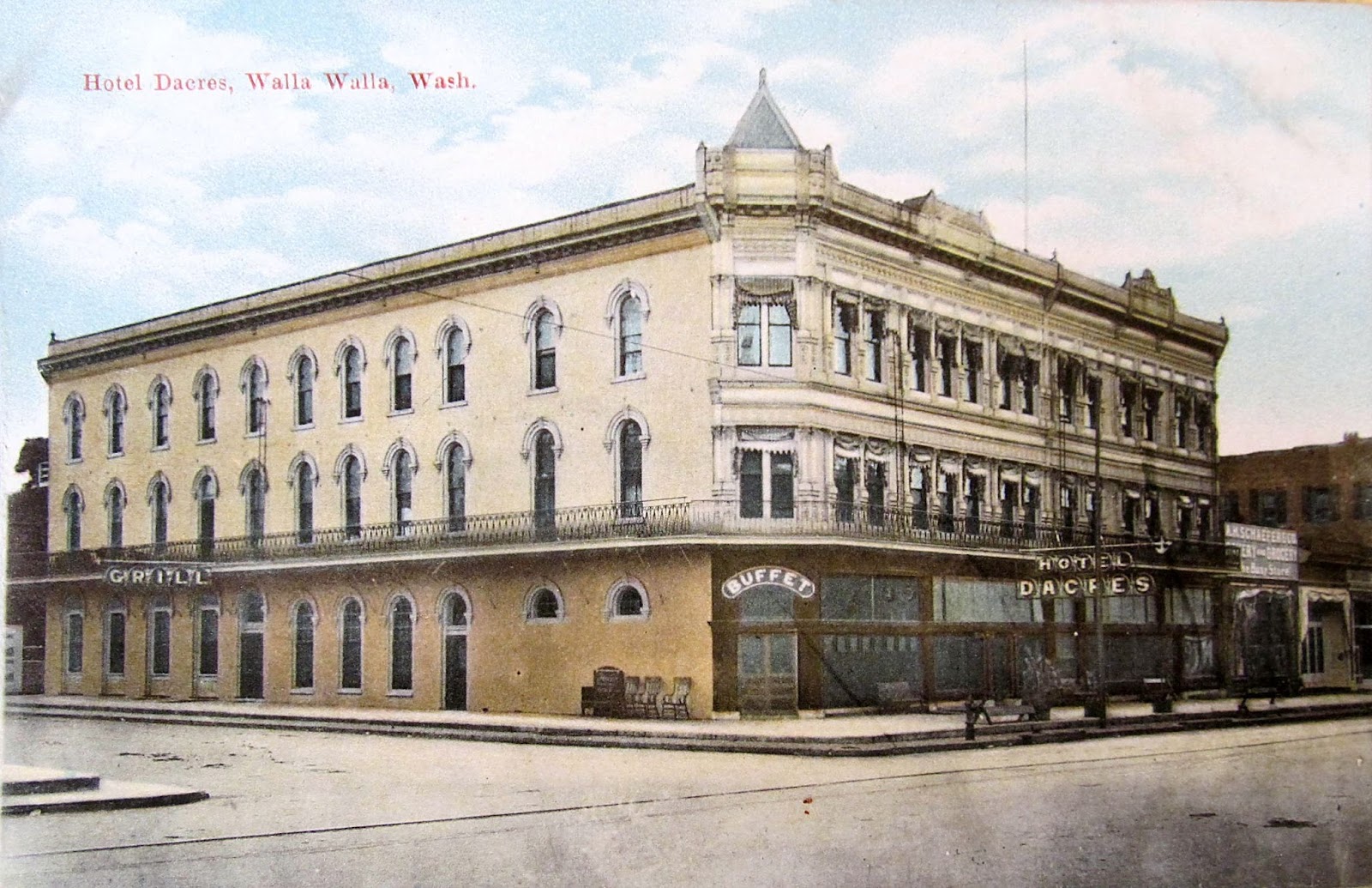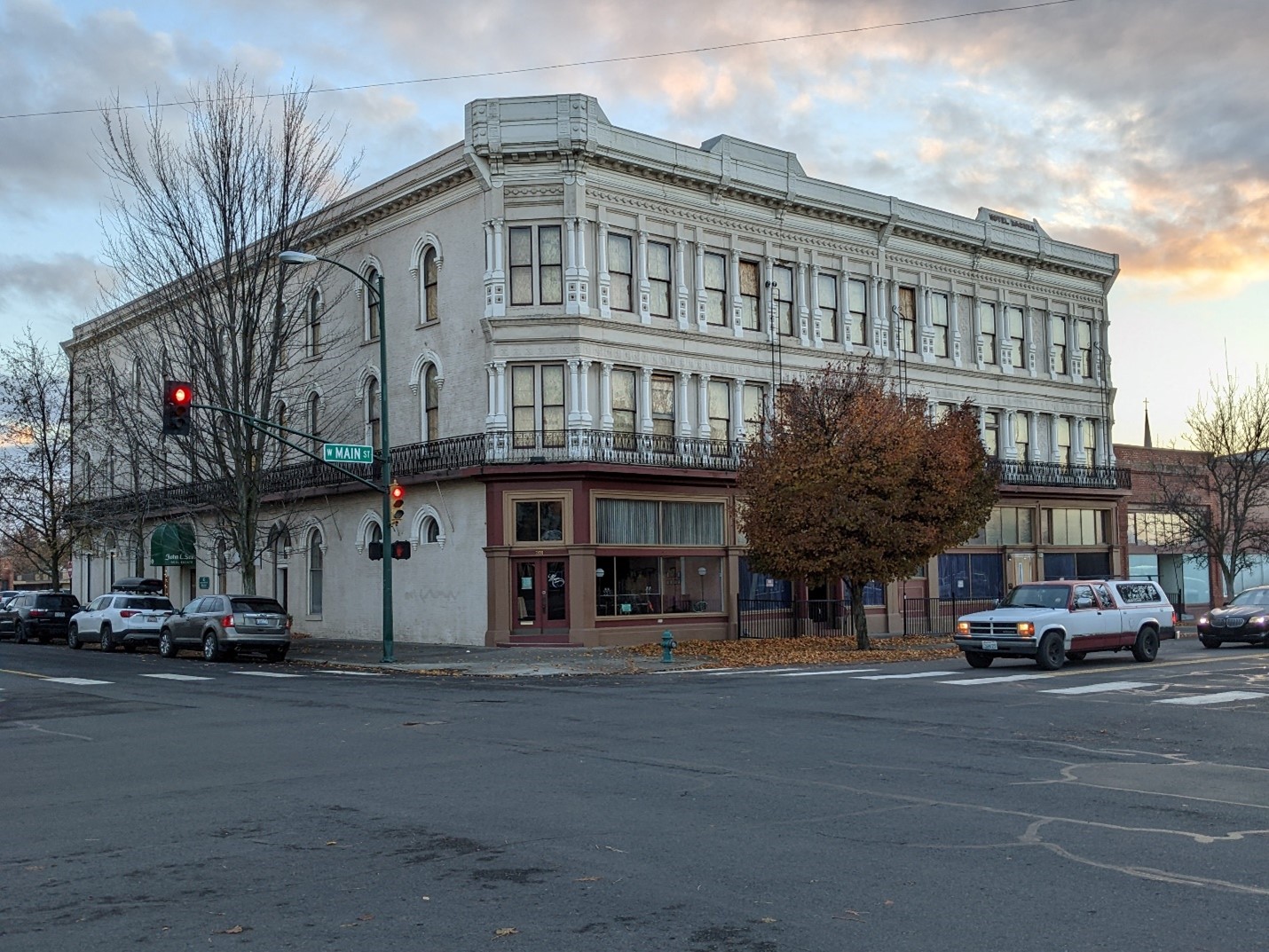
Do you want to ensure that your historic home or building is preserved for generations to come? You might be interested in a preservation easement. Easements ensure the long-term protection of historic structures, buildings, and landscapes, and they can also offer potential tax benefits. Read on to learn more about easements and about opportunities within the Washington Trust’s preservation easement program.
What is a preservation easement, and how does it work?
A preservation easement is a legal mechanism through which a property with historic, architectural, or archaeological significance can be preserved long-term. In an easement, a property owner conveys private or partial legal interest in a specific property to a qualified preservation nonprofit organization (in this case, the Washington Trust) or government entity. The owner continues to own the property but transfers the specific set of rights the easement represents to the easement-holding organization.
Once in place, most easements are perpetual and bind both current and future owners to protect the historic characteristics and values of the property, prohibiting demolition, neglect, and incompatible alteration.
The easement must include restrictions preserving the entire exterior of the building (including front, sides, rear, and height) and prohibiting any change to the exterior of the building inconsistent with its historical character. To learn more, visit the National Trust for Historic Preservation’s preservation easement page. There is also useful information provided by the National Park Service and Internal Revenue Service. Washington’s Department of Archaeology and Historic Preservation has a sample easement document available on their website.
Why would I want to put a preservation easement on my property?
The strongest preservation protections are at the local level. Where there is no local ordinance or regulatory protection, easements can help to bridge that gap and prevent demolition or incompatible alteration where it might not otherwise be prohibited.
Sometimes preservation easements can be considered as a type of donation and come with tax benefits to the owners who put the easement in place (but not for subsequent owners). Property owners who are interested in the potential tax benefits of an easement donation should consult with their accountant or tax attorney to discuss further.
Many owners who have legacies with a place, or who may have invested great care and resources into a restoration project, will gain peace of mind by putting this extra level of protection on their property. A preservation easement will mean that a third-party whose mission is historic preservation has a vested interest in the long-term care of the property.
What kinds of buildings can have easements?
Preservation easements currently preserve thousands of historic properties across the United States. Resources range from single-family dwellings, to complexes of buildings, to nationally significant historic landmarks. To be placed under easement, a qualifying historic property must be listed in the National Register of Historic Places or located in a registered historic district and certified as contributing to the historic significance to the district.
The public must have visual access to the easemented building from public rights-of-way. If the building is not visible from a public right-of-way, the terms of the easement must include permission for regular viewing by the general public. This can be accomplished through participation in events like historic house tours.
Is the Washington Trust an easement-holding organization?
We are indeed! Our organization is familiar with both sides of the easement equation. We maintain and preserve our headquarters, the Stimson-Green Mansion, under easement to Historic Seattle, thereby ensuring that this stunning Seattle landmark remains protected and accessible to the public for future generations.
We also have our own preservation easement program and hold easements on two properties: the Dacres Hotel and the Penrose Hotel, both located in Walla Walla. As part of any easement holding, the Washington Trust will require a stewardship fee to assist in the monitoring of the easement property. These monies offset the cost of annual visitation, documentation, and any potential legal fees that might arise in the future.

Dacres Hotel, Walla Walla
Built in 1899, this Italianate building was added to the National Register of Historic Places in 1974. It currently houses restaurants and retail on the ground floor, with plans to develop housing on the second and third floors.

YMCA Building/Penrose Hotel, Walla Walla
Built around 1907 by architect Henry Osterman, this Neoclassical Revival building originally housed the local chapter of the YMCA and later the International Order of Odd Fellows. Today, it is being restored and expanded as The Penrose Hotel.
I’m interested in preservation easements!
"*" indicates required fields
